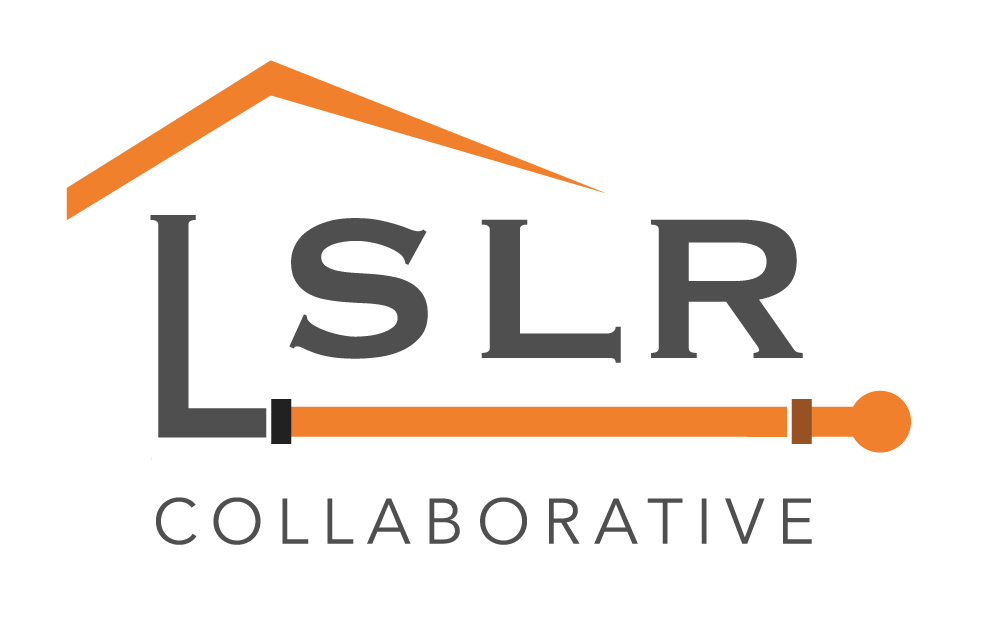|
Description
This webinar explores LSL replacement issues for small community water systems and explains the services that the Rural Community Assistance Partnership (RCAP) provides to these systems. It is the eighth in the LSL Replacement Collaborative's series and focuses on small community water systems – those that serve less than 10,000 customers – and how they are managing LSLs as part of their asset management program and responding to customer concerns and state requirements. Speakers provide:
Moderator:
Speakers:
Watch the webinar. Download the slides from RCAP and EDF. Description:
This webinar in the Collaborative's series explores replacing LSLs in early learning environments. Children under the age of six are most at risk from the harmful effects of lead exposure due to their developing brains. As children spend a large portion of their day in early learning environments, such as child care facilities or schools, it is vital to ensure the safety of the drinking water in these facilities. This webinar is the seventh in the LSL Replacement Collaborative's series, and will explore how to address lead in early learning environments, with an emphasis on lead service lines. Speakers will provide:
Moderator:
Watch the webinar recording. Download the slides. Webinar summary: Webinar provided for ASTDR state department of health grantees receiving funding to implement programs to Choose Safe Places for Early Care and Education. The Lead Service Line Replacement Collaborative presented on identifying and replacing lead service lines, followed by two local examples of lead service line replacement programs.
Watch the webinar Download the slides. Description:
Communities are posting interactive online maps to help residents determine if a specific address – whether a potential home, child-care or restaurant – may or may not have a lead service line. This webinar will explore how communities are developing these maps, wrestling with the uncertainties, and making sure they are effective. This webinar is the sixth in the LSL Replacement Collaborative's series. This webinar will provide:
Watch the webinar. Download the slides. Environmental Protection Agency
March 7, 2019 2:00-3:30 pm ET The first webinar included an update on EPA’s lead service line replacement map, a presentation by Sam Perry from Washington State Department of Health – “The Quest for 100% Lead Free – Listening for Lead in Washington State”, and a presentation by Maureen Schmelling from DC Water - “DC Water’s Service Line Map and Methods to Improve Service Line Inventory”. See the recording. See the slides. See all webinars in EPA's series. Description: Lead enters drinking water when water is stagnant in contact with lead. Flushing, to cleanse or wash out with a rush of water, plays a role in reducing lead exposure, before, as part of, and following lead service line replacement. During this webinar, speakers will describe the roles of flushing, strategies for flushing for specific purposes, and example community-specific communication efforts to encourage effective flushing. Research is ongoing to improve our understanding of flushing practices. This webinar will capture the latest information from these research efforts. Speakers:
Watch the webinar. Download the slides. Webinar Description
Developing inventories to document and share what is known about LSLs is a key aspect of a successful LSL replacement program. This webinar will explore examples of developing and communicating information on number and location of LSLs from both state-based surveys and address-specific utility maps. This webinar is the fourth in the Collaborative's five-part series. This webinar will provide:
Watch the webinar. Lead Service Line Replacement Collaborative
Webinar Series: Collaborating to Replace Lead Service Lines Webinar Summary: Collaboration between partners is critical to a successful community-wide lead service line replacement program. Such programs will engage diverse stakeholders, including both drinking water and public health professionals. This webinar will explore case studies of effective partnerships between public health agencies and water utilities and provide examples of how to develop and implement creative solutions to accelerate LSL replacement efforts.
Watch the recording. Download the slides. American Water Works Association: Michigan Section
Michigan's LCR The final Lead and Copper Rule is now available on the state's website. Download the Rule here. Visit ORR for general information. Scroll down to 2017-008 EQ for the Michigan LCR activity. July 10 Webinar "Get to Know Michigan's Lead & Copper Rule"
Lead Service Line Replacement Collaborative
Webinar Series: Collaborating to Replace Lead Service Lines Webinar Summary A key challenge for accelerating LSL replacement is securing funding. A common approach is to leverage rates paid by customers to fund community programs, but there are limits in some states to using these funds to replace LSLs on private property. States are helping by providing grants and loans to begin work and to further leverage the funds. And the federal government is providing access to additional funds. This webinar – the second in a series of 5 webinars hosted by the LSL Replacement Collaborative – will provide:
Watch the Webinar |
Date
April 2024
Webinar Host
All
|


 RSS Feed
RSS Feed